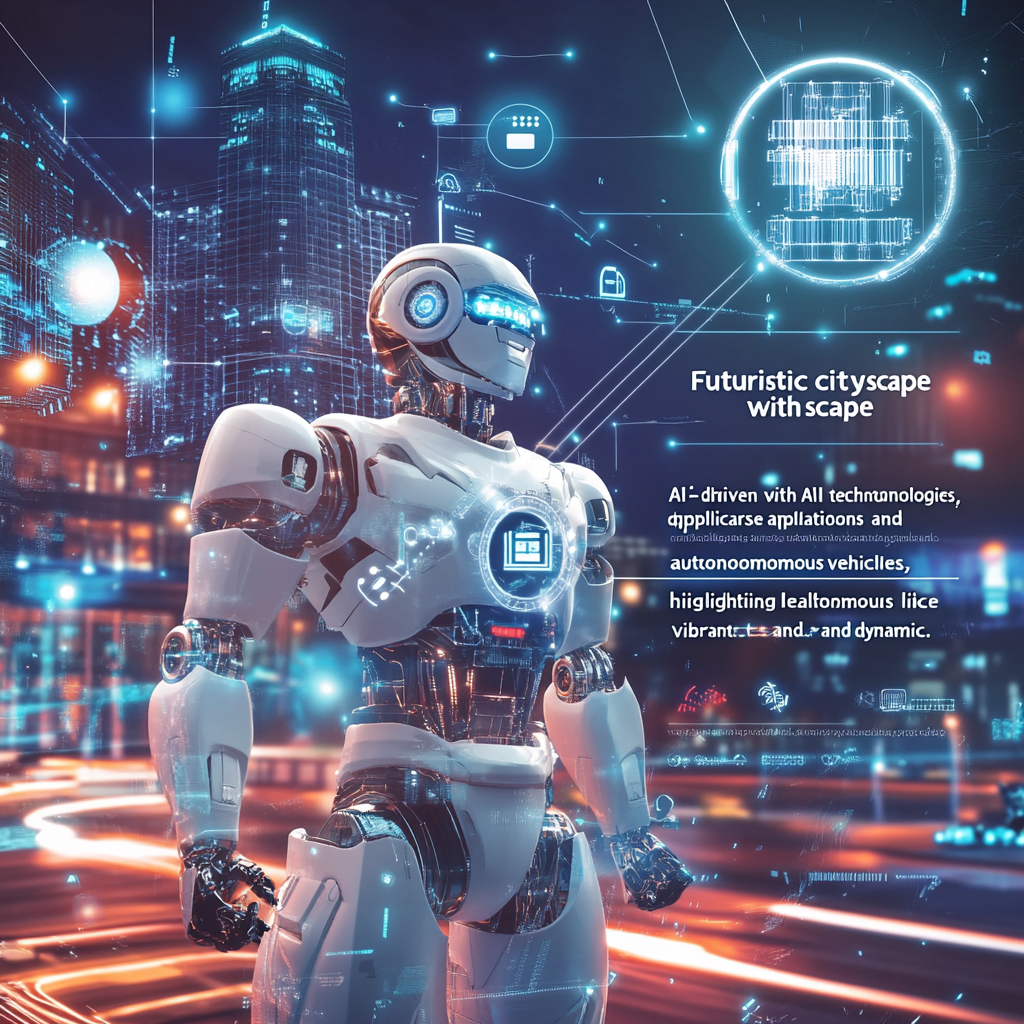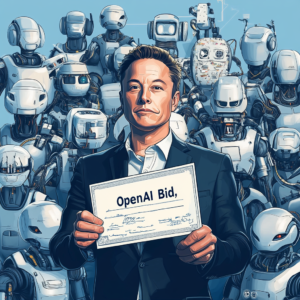
“Embracing Efficiency: How Practical Transformers are Revolutionizing AI”
AI's Quiet Rebellion: Embracing Practicality Over Excess
In the swirling maelstrom of artificial intelligence, a quietly profound revolution is underway—one that flips the long-held maxim of “bigger is always better” on its head. Say hello to “AI’s Quiet Rebellion,” where the nondescript yet nimble “practical transformers” have begun to take center stage, revealing an elegant simplicity amidst the cacophony of grandiose AI ambitions.
The Efficiency Awakening: Small is the New Big
Earlier this year, the AI community collectively gasped when DeepSeek, a spunky newcomer, outperformed heavyweight models using a sliver of the resources. You read that right. Instead of flexing computational muscle like a bodybuilder on steroids, this model delivered results that were not just competitive but markedly efficient. Its performance illuminated a glaring truth: the relentless appetite for gargantuan transformer architectures might just be a short-sighted chase after an illusion.
Max Vermeir, the sharp-minded senior director of AI strategy at ABBYY, succinctly captures this seismic shift. He notes, “People started to realize that just training and continuing to expand the existing architectures is not the end-all solution.” It's like realizing that piling on more toppings doesn’t necessarily make for a better pizza—sometimes, less truly is more. As we push further into the age of AI, industries are confronting the staggering computational loads that these colossal models demand, with some requiring hundred-gigabyte memory just to grumble through one instance. Are we really getting smarter, or are we just getting heavier?
The Tug-of-War: AGI Dreams vs. Practical Business Needs
Now, picture this scene: the AI industry is at a bustling crossroads, hedging its bets between utopian dreams of Artificial General Intelligence (AGI) and the gritty, grimy pragmatism of real-world business applications. Vermeir artfully lays it out—“One is the continued race for AGI, and the other is how do we take our learnings and actually make that work for people in the business environment?” This split in focus drives tangible rethinking in how enterprises approach AI.
Let’s not kid ourselves here—while it’s delightful to daydream about the grandiosity of AGI, at the end of the day, businesses want tools that work, not just glittering promises.
Small Language Models: The Unsung Heroes
Now, enter the humble small language models (SLMs). ABBYY is casting its lot with these underdogs as viable alternatives to the behemoths. Vermeir champions SLMs, noting that “Small language models are much more efficient… it’s all about speed, accuracy, and consistency.” In a world where precision and promptness reign supreme, these models shine brightly within tailored business contexts. Whether it’s unleashing document AI or streamlining processes, SLMs are the sleek, efficient machines that get the job done without puffing up.
Agent-Based AI: The New Buzz Word
As if that weren’t enough to wrap your head around, there's this rising star: agent-based AI. With excitement buzzing around AI ‘agents,’ it’s essential to remember that not everything bearing the “agent” tag is a transformative wonder. Vermeir raises a cautionary flag regarding what he terms “agent washing” — a fancy term for the overselling of basic automation as sophisticated AI. Yet, the real potential lies in equipping these agents with suitable tools, as he aptly states, “Agents need tools; the agent in itself is just the kind of thinking brain, but it needs ‘hands’ to actually go do something.” A brain without hands? Not exactly a powerhouse, is it?
The Technical Battlefield: Fusions, Attention, and the Art of Alignment
Now, let’s dive deeper into the technical whirlwind surrounding transformers. The battlefield isn’t just about fancy algorithms; it’s a heady mixture of fusion strategies and attention models that demands our focus. Do we lean toward early fusion—a deep dive that mingles modalities together at the get-go, albeit needing more resources and sometimes falling short with missing data? Or do we opt for late fusion, playing it cool with independent processing that may gloss over critical interconnections?
To add a sprinkle of brilliance, Google’s multimodal bottleneck transformer (MBT) is riding the line, employing crafty cross-attention to harmonize these differing strategies. In this vast sea of information, attention mechanisms take center stage, directing neural networks to glean the most relevant snippets from the data buffet. Self-attention mechanisms, à la DeepMind’s Perceiver IO, promise to revolutionize the game by processing various modalities through a single attention lens. Nevertheless, the riddle of cross-modal alignment remains, with researchers playing with ideas like hierarchical attention and multi-agent approaches. The intrigue!
Pragmatism Wins: The Right Tool for the Right Job
At the end of the day, Vermeir champions a sensible guide when navigating this wild world of AI intricacies. The mantra rings clear:
- Forget the one-size-fits-all nonsense.
- Get clear on the tasks you want to tackle.
- Pick the right technology tailored to your specific challenges.
Sometimes, a straightforward solution—like a well-placed regular expression—outshines complex AI wizardry. Imagine the folly of overcomplicating things in business applications, where accuracy is paramount. It’s like trying to scale Everest without knowing how to tie your shoelaces first.
Glanced Ahead: The Future with Adaptive Transformers
When we gaze into the crystal ball, adaptive transformers and multi-agent approaches loom on the horizon. These models wield the ability to dynamically adjust to task complexities, multi-tasking like pros to juggle various inputs. Knowledge graphs, those interconnected webs of information, are set to play a pivotal role by laying down a roadmap for business processes. Yet, as the industry teeters on the brink, it will continue to wrestle with the conflict of sprawling cloud-based compute dominance versus more sprightly, efficient resolutions.
Wrapping Up: A Symphony of Innovation and Practicality
In closing, the victors of this rapidly shifting AI landscape will undoubtedly be those who manage to artfully synchronize the right tools with the right tasks. As the dance continues between lofty AGI aspirations and practical, efficient approaches, striking a balance between cutting-edge innovation and reality is where the success stories will emerge.
Hungry for thought-provoking insights as this realm unfolds? You can dive deeper into this evolving narrative by exploring some pearls of wisdom right here:
- AI's Quiet Rebellion: The Rise of Practical Transformers by CDOTrends.
- From Turing to Transformers: A Comprehensive Review and Tutorial for a detailed overview of transformer architectures.
- Transforming Manufacturing with AI to see how AI is impacting other industries.
Stay in the Loop
Want to stay up to date with the latest news on neural networks and automation? Subscribe to our Telegram channel: @ethicadvizor
The future of AI hinges on our ability to balance innovation with practicality. So, keep your curiosity ignited and eyes peeled for more illuminating insights in this exhilarating field!

